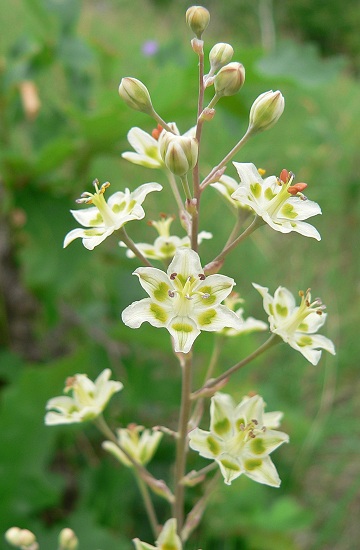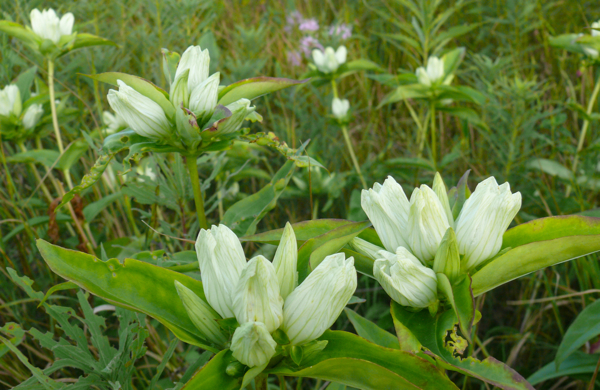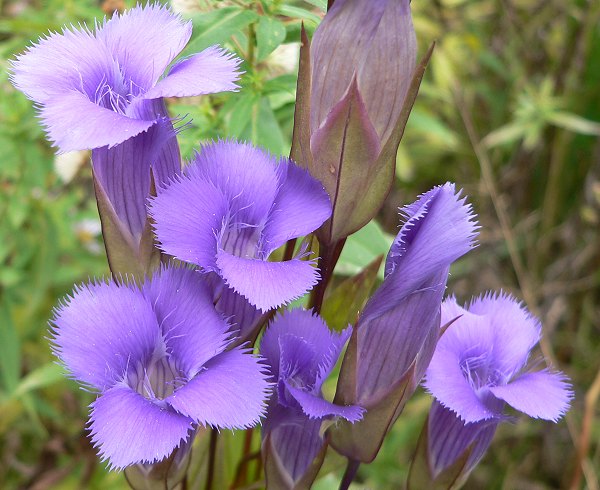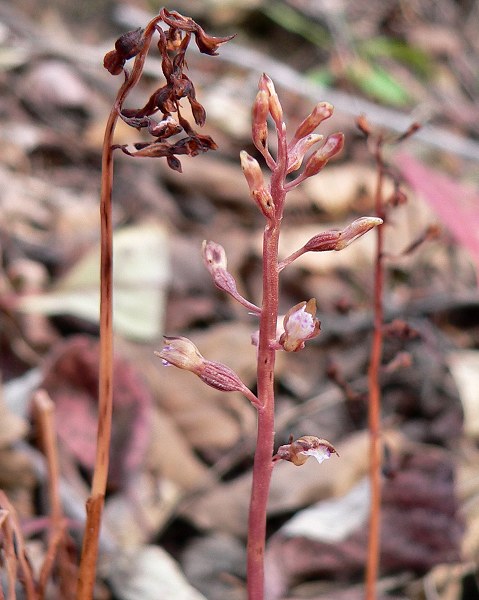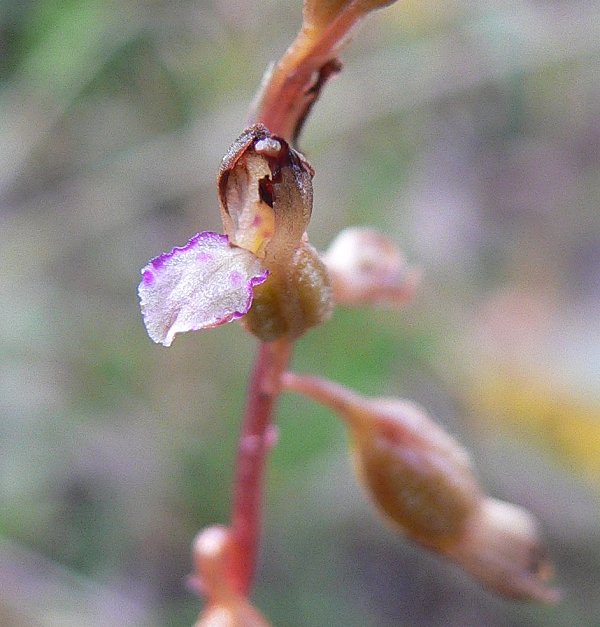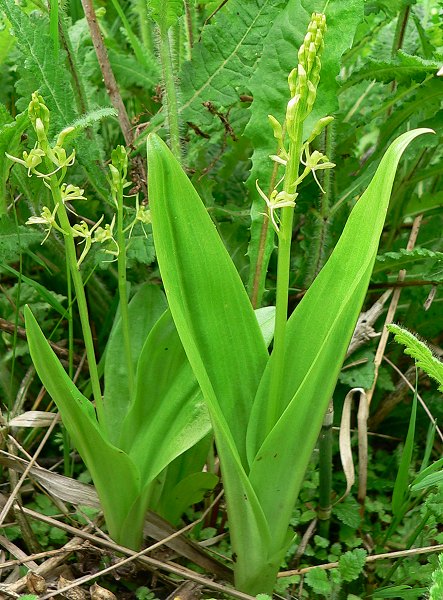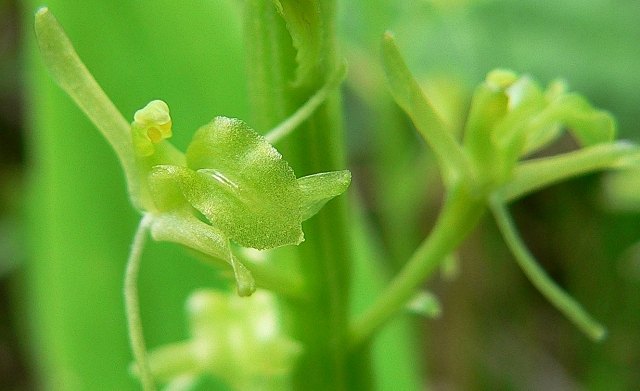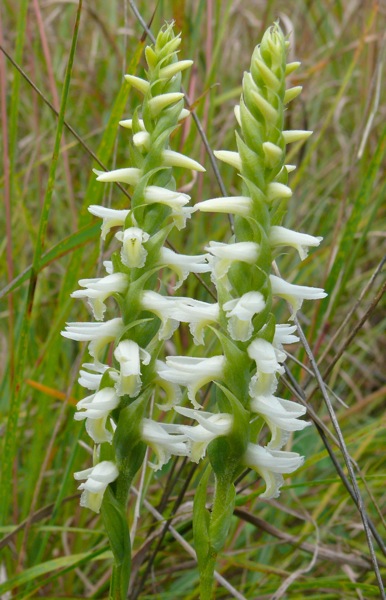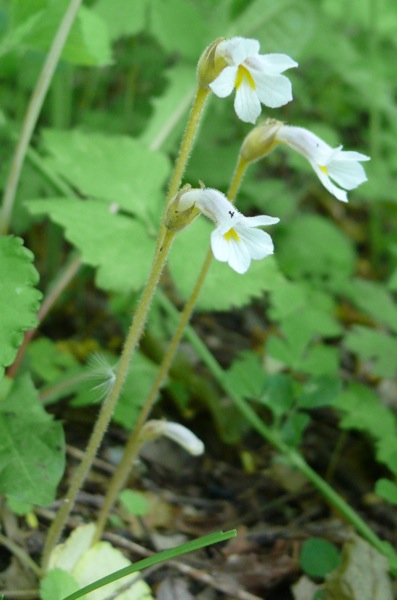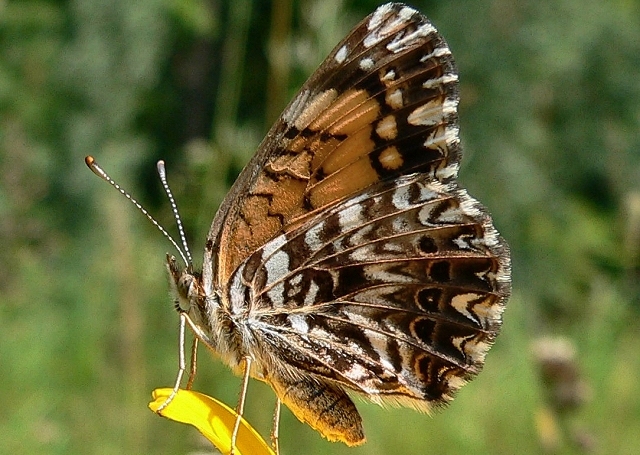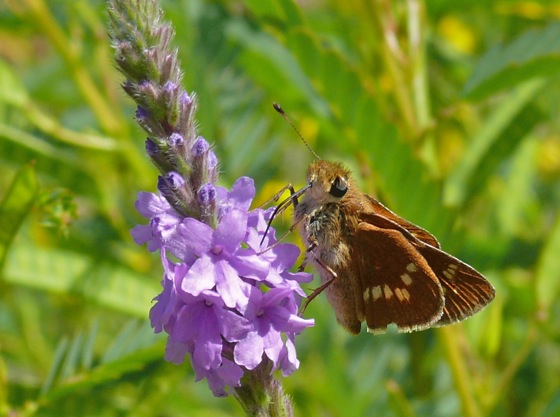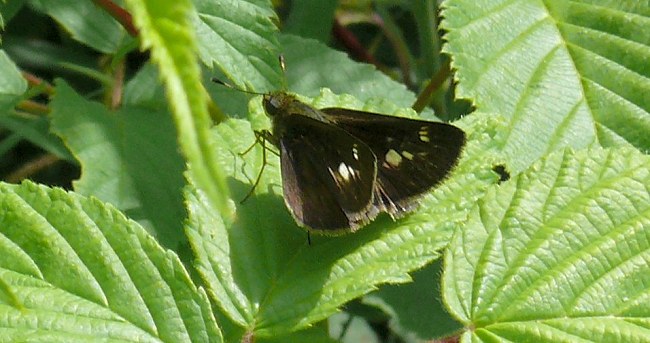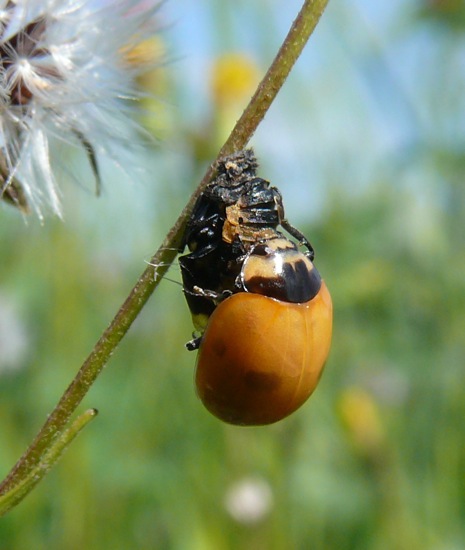A few weeks ago I read an inspiring article about a citizen scientist who spent a lot of time exploring a natural area near his home. He and a group of dedicated volunteers documented the presence of a number of rare plants that a local team of botanists thought had disappeared from the land.
It got me thinking about people like me, who are both land owners and citizen scientists, and the relationship we have with our land.
I know of many people who spend a lot of time on one piece of land – either one they own or work on, or one that’s close to where they live. Sometimes it’s only a small wild corner of a backyard, sometimes it’s as big as a state park. They observe it at different times of day and in different seasons, sometimes for many years. It seems to me that this intimate knowledge of a landscape is very valuable – to the people themselves, but also to all of us. Through their observations we can all learn more about this land we live on, the plants and animals that share it with us, and the interactions between them.
Here are a few blogs I read that have observations and thoughts about particular wild places (besides my own – PrairieHaven). Timberhill Oak Savanna, Ramble, Blue Jay Barrens, The Marvelous in Nature – and there are many more.
One of the things I enjoy so much about living on our land, is how much time I can spend on it. I spend time walking on and looking at our property nearly every day. I explore, take photographs, do work projects, and just observe. In the 13 years since we bought the land, I’ve walked most of it at least once, and some places many times. In the last few years I’ve found other ways of observing what’s happening here – we’ve set up wildlife cameras to take photos in places where we know animals walk, and I set up lights at night to attract and photograph moths.
So I thought I would post some pictures of some of the most unusual and interesting of the plants and animals I’ve seen here. Most are considered rare or uncommon in this area. I suspect some of them might also be found on nearby properties, but they’re difficult to find unless you know the land well, and look carefully.
White Camas – considered a plant of special concern in Wisconsin. It’s in the Lily Family, and grows in our dry bluff prairies
White Gentian – considered a threatened species in Wisconsin. These are growing in one of our planted prairies, but I’ve also found them at the shady edges of our dry prairie remnants.
Fringed Gentian – a gorgeous fall flower that grows in our wetland. I’ve collected seeds and scattered them in the restored parts of the wetland, and they’re spreading there.
Autumn Coralroot – special concern. This is a very small, obscure native orchid that grows in colonies. The only visible part of the plant is the flower stalk, so I only see it in the fall when it’s blooming. Some years there are lots of flowering stalks, and other years, very few. The plant has no green coloring, and no above ground leaves; it doesn’t photosynthesize – it gets its nutrients from fungi which are attached to its roots. (Wisconsin DNR) Most of its flowers are cleistogamous, which means they remain closed, and are self fertilizing. A smaller number of the flowers open their petals, but it’s unknown whether they are fertilized by insects. (Wisconsin Herbarium)
Autumn Coralroot – one of the open flowers
Green Twayblade This is another native orchid that’s easy to overlook. One of the first years we were here, I found a single dried stalk with seed pods on it, growing on a weedy hillside behind the wreckage of the old farmhouse. I collected the seed pods, and since it likes wet places, I scattered the seeds in the wet end of the prairie we were planting that year. A few years later I was walking through that prairie and found this.
Here’s a closeup of the flower – it really does look like an orchid
And one more orchid – Great Plains Ladies Tresses – another flower of dry bluff prairies. In the summer, the plant sends up a few grass-like leaves. By the fall, the leaves have died back, and the flower stalk comes up. I find the flowers from early September until mid-October – mostly on Big View Prairie, but there are a few on some of the other remnants.
One-flowered Broomrape – special concern. This is a parasitic plant so its leaves are short and scale-like, and usually below the surface of the ground. Only the flower stalks are above ground. It’s very small and delicate, and easily overlooked. It blooms in May and June.
Gorgone Checkerspot – special concern. This butterfly is a prairie species, found in barrens and dry prairies. It’s quite common on our land – even in our planted prairies.
Here’s a mated pair
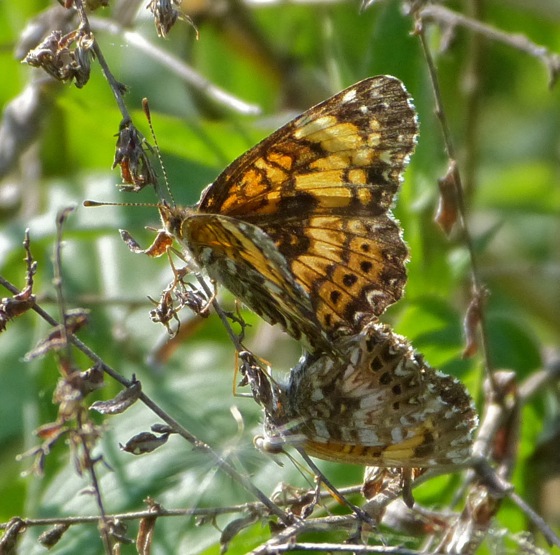
These are Gorgone Checkerspot caterpillars that I found eating the leaves of a Black-eyed Susan. I brought them home, reared them to adulthood and released them. It was fun to see so many at one time.
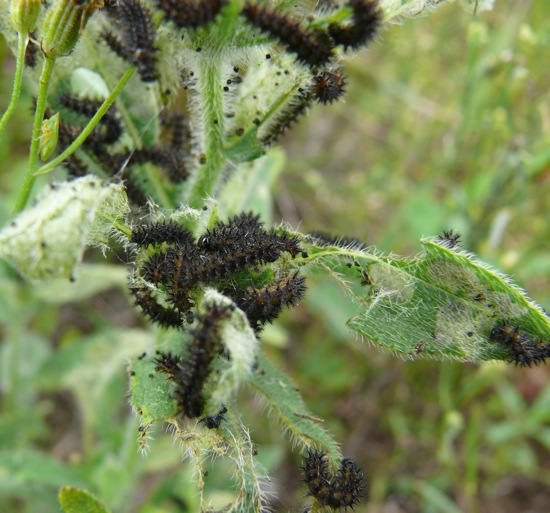
Here are all their chrysalises. They managed to tuck them into the corners of the screen lid of the aquarium I was keeping them in. I was afraid I would squash them when I opened and closed the lid, so I pulled them off the screening and stuck them onto a piece of paper towel with white glue.
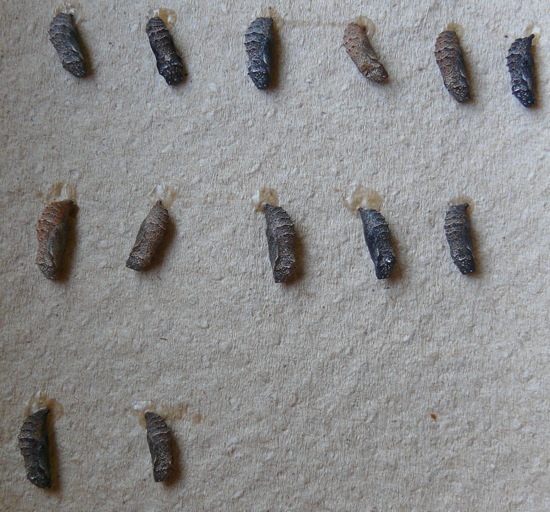
A Gorgone Checkerspot after it hatched, just before I released it.
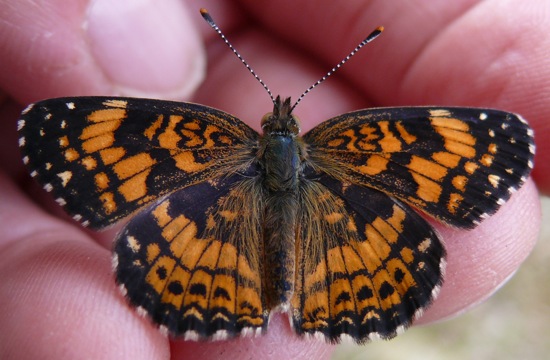
This – I think – is a Columbine Duskywing.
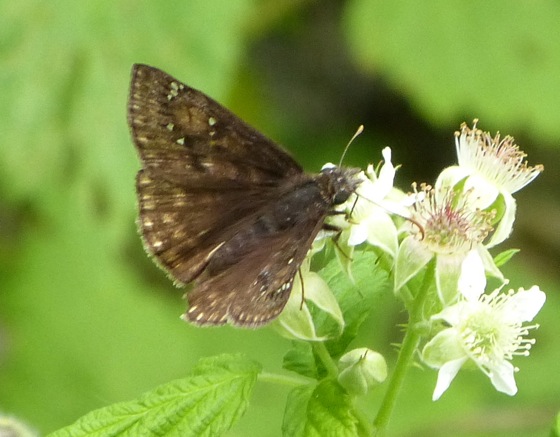
Duskywings are Skipper Butterflies, in the group of Skippers called Spreadwing Skippers. There are two native Duskywings that can’t be told apart by how they look – Columbine Duskywings and Wild Indigo Duskywings. The only way to tell them apart is to watch the females lay their eggs. Columbine Duskywings lay their eggs on Columbine plants; Wild Indigo Duskywings lay their eggs on Wild Indigo and related legumes including Canada Milkvetch and Crown Vetch (a non-native invasive weed). I know we have Wild Indigo Duskywings, because I’ve watched one lay eggs on Canada Milkvetch. This one was nectaring far from any legumes that I know of, and along the side of a path that has a large population of Wild Columbine. So I’m pretty sure that’s what it is. Next summer I’ll watch and see if I can see a female laying eggs, so I can be absolutely sure.
Here are a few more uncommon skippers…..
Pepper and Salt Skipper
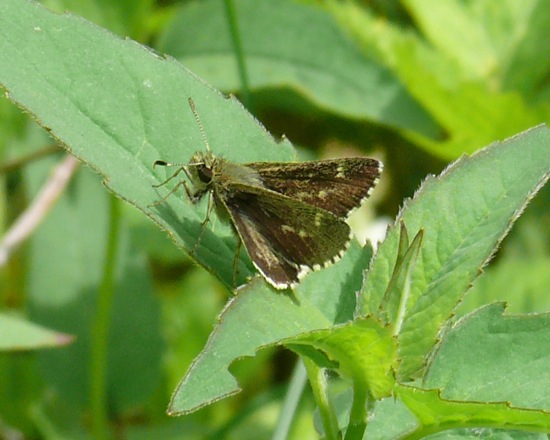
Common Roadside Skipper – in spite of its name, it’s not actually common

Leonard’s Skipper
Little Glassywing
And now some moths….
This is a Golden Borer Moth.
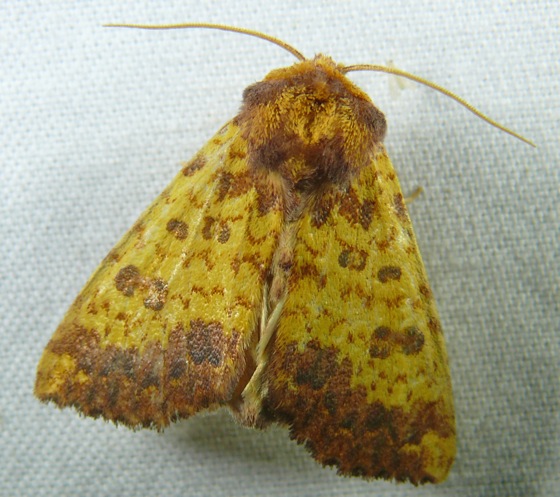
Not much is known about it – it’s considered rare or uncommon in all the states where it’s found. The caterpillars are stem borers – they live inside the stem of their host plant. It’s thought that the caterpillars start out eating Bottlebrush Grass, and then, in older instars, move to the stems of plants in the lily family, or Mayapples. I’ve only seen two of these moths – one in each of the last two years.
The Pink Streak – an uncommon moth found in prairies; its caterpillars eat grasses.
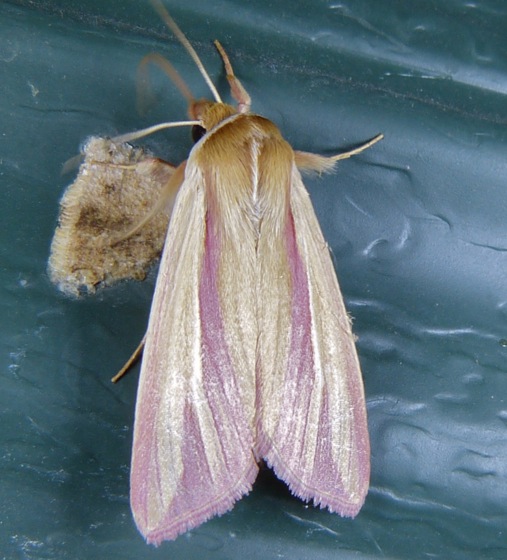
Unexpected Cycnia – A few years ago, I found several dozen of these caterpillars eating Whorled Milkweed pods on two of our bluff prairies. I found out that they’re a fairly uncommon moth and their caterpillar host plants are milkweed species.
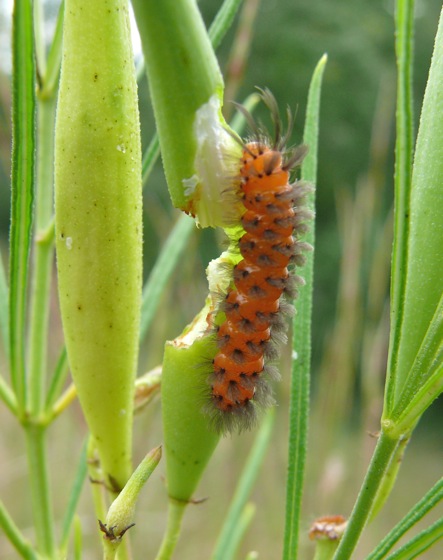
The caterpillars refused to eat Common Milkweed, so I fed them Butterfly Weed and Whorled Milkweed. I kept the pupae over the winter, and here’s an adult that hatched the next spring.
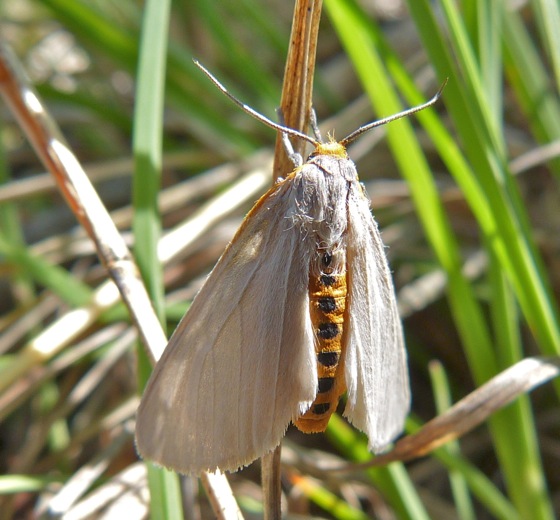
A few years ago I heard about a citizen science project run by Cornell University called the Lost Ladybug Project. Most of the Ladybugs we see here are not native to the U.S. The native species are much less common, and some of them are becoming very rare. Cornell set out to see if they could find some of the rarest ones. They were especially interested in one called a Nine-spotted Ladybug which they thought might be extinct. In 2006, two teenagers in Virginia found the first one that had been seen in the U.S. in 14 years. Since then the project has recorded 170 specimens of the Nine-spotted Ladybug – two of them on our property!
Here’s the one that my friend MJ found.
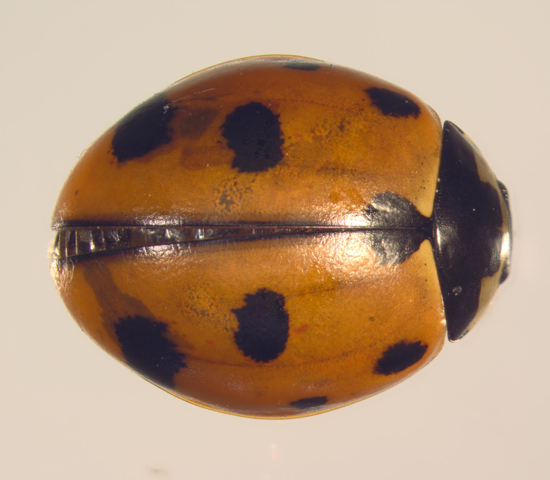
Here’s the one I found – it had just emerged from its pupa, so the spots are still a bit faint. As the shell hardened, they got darker.

